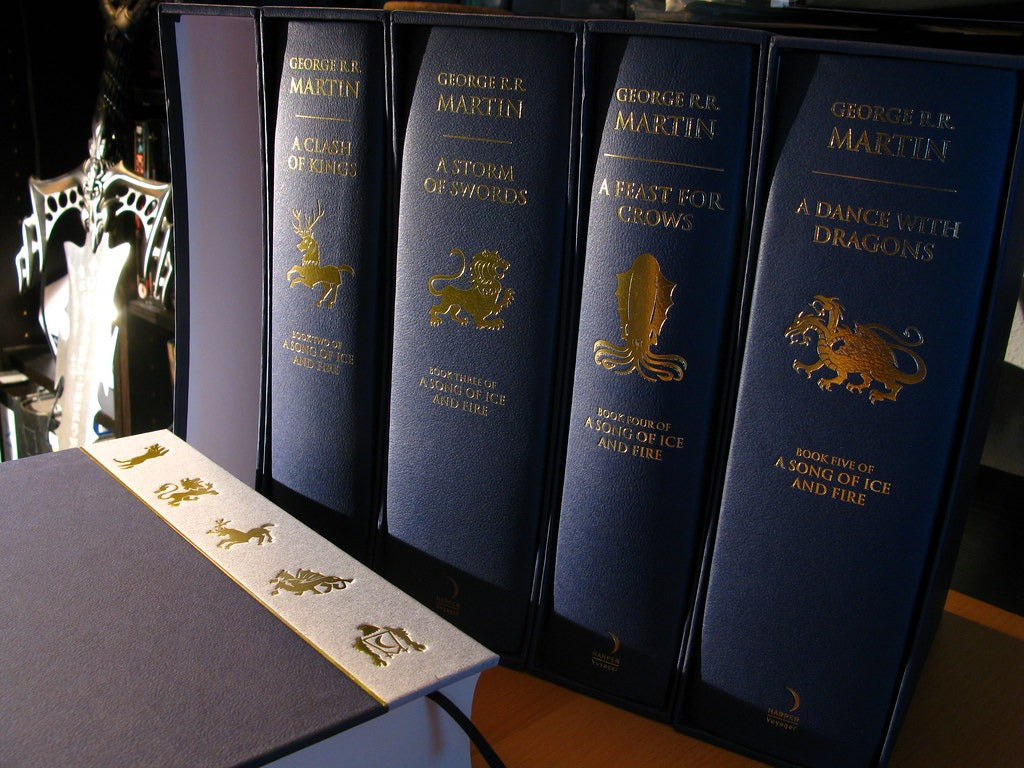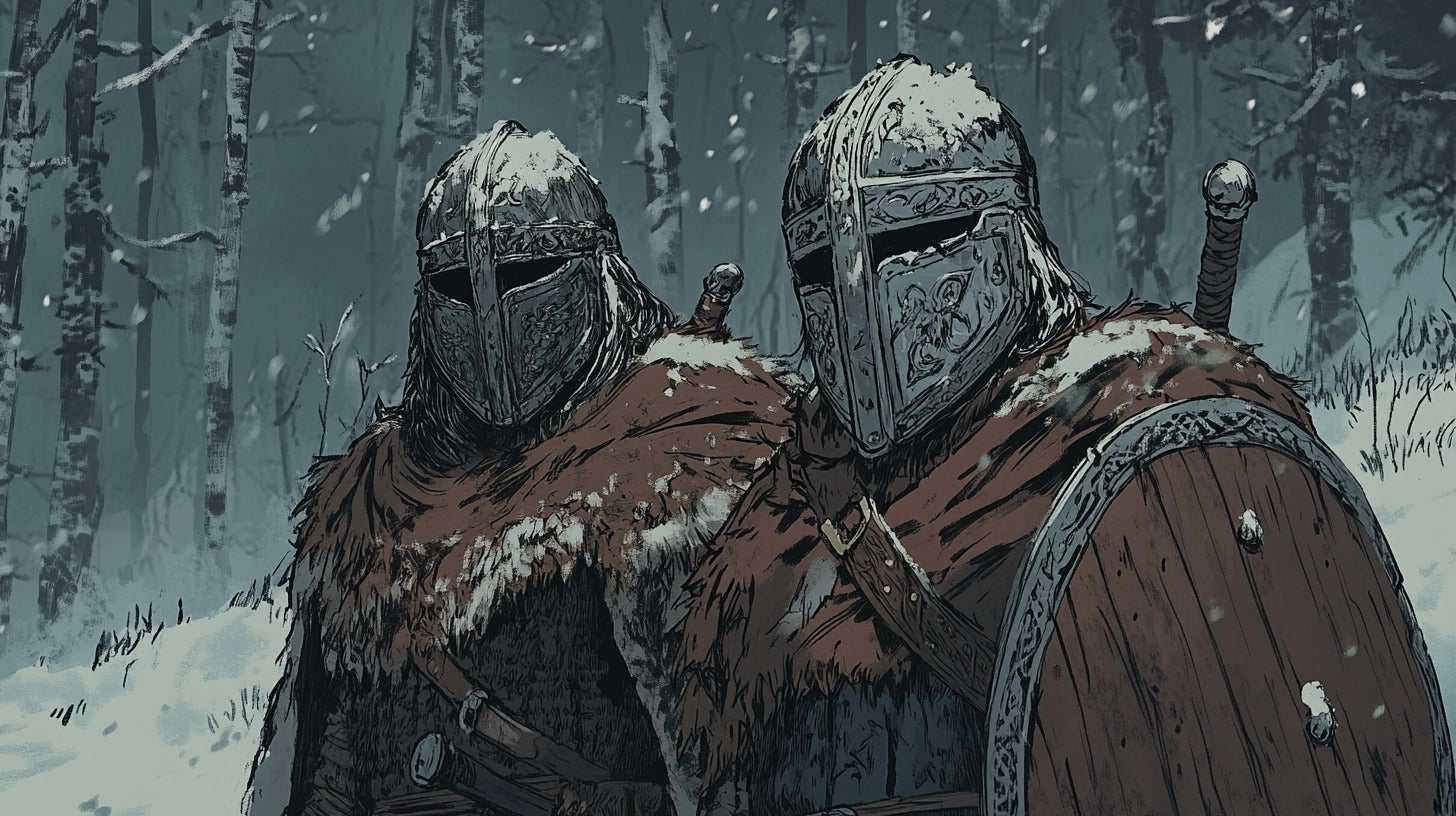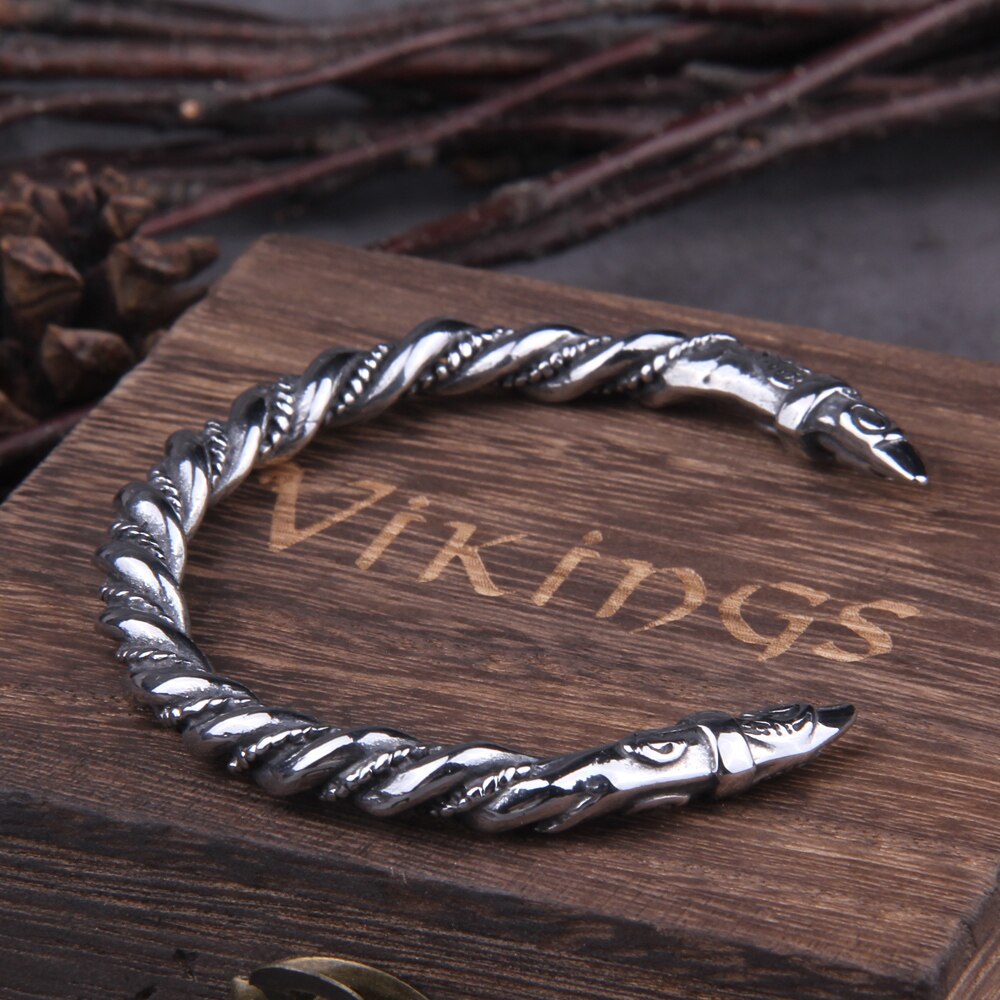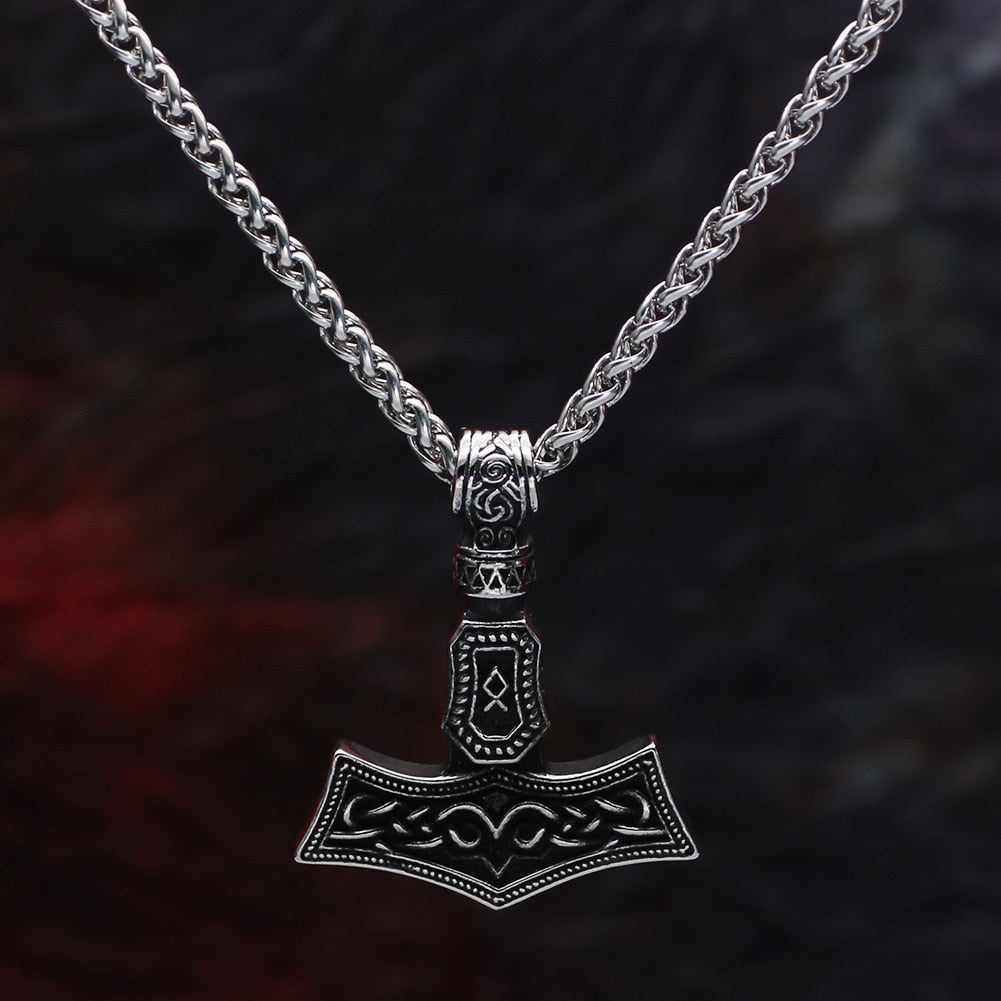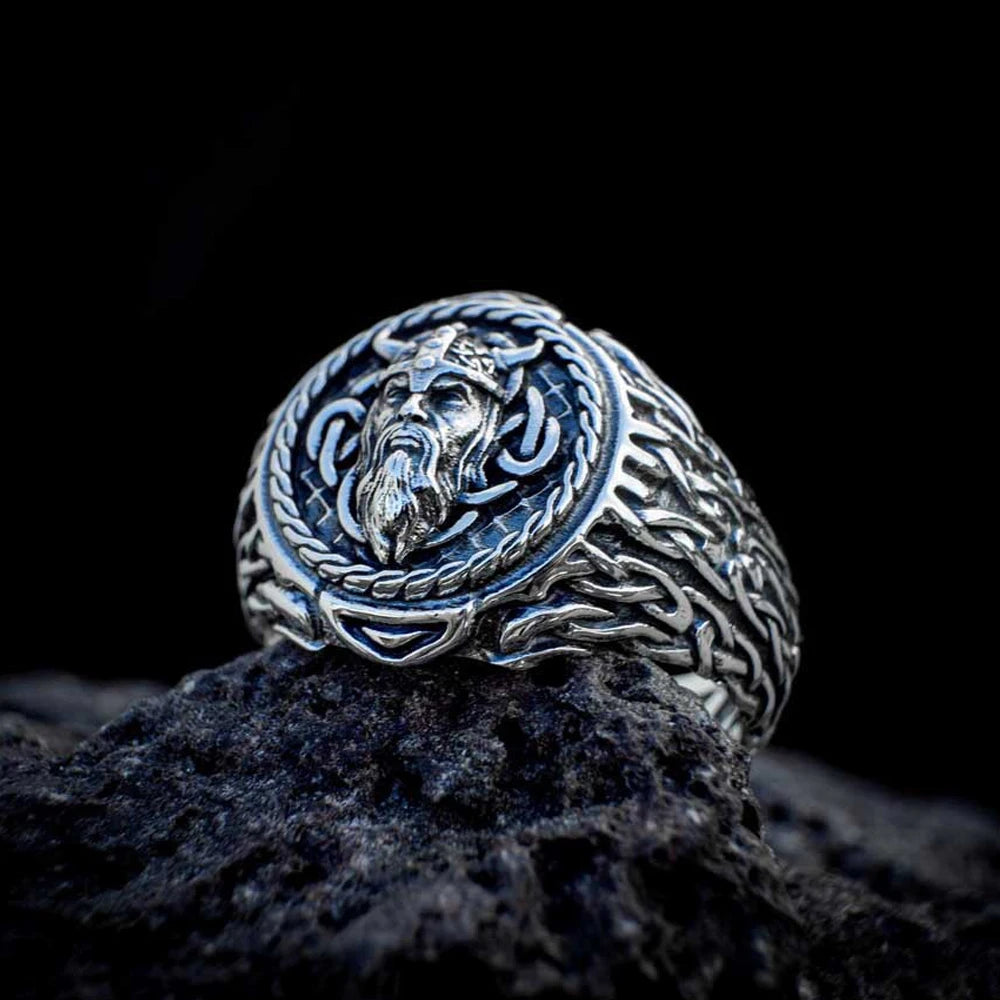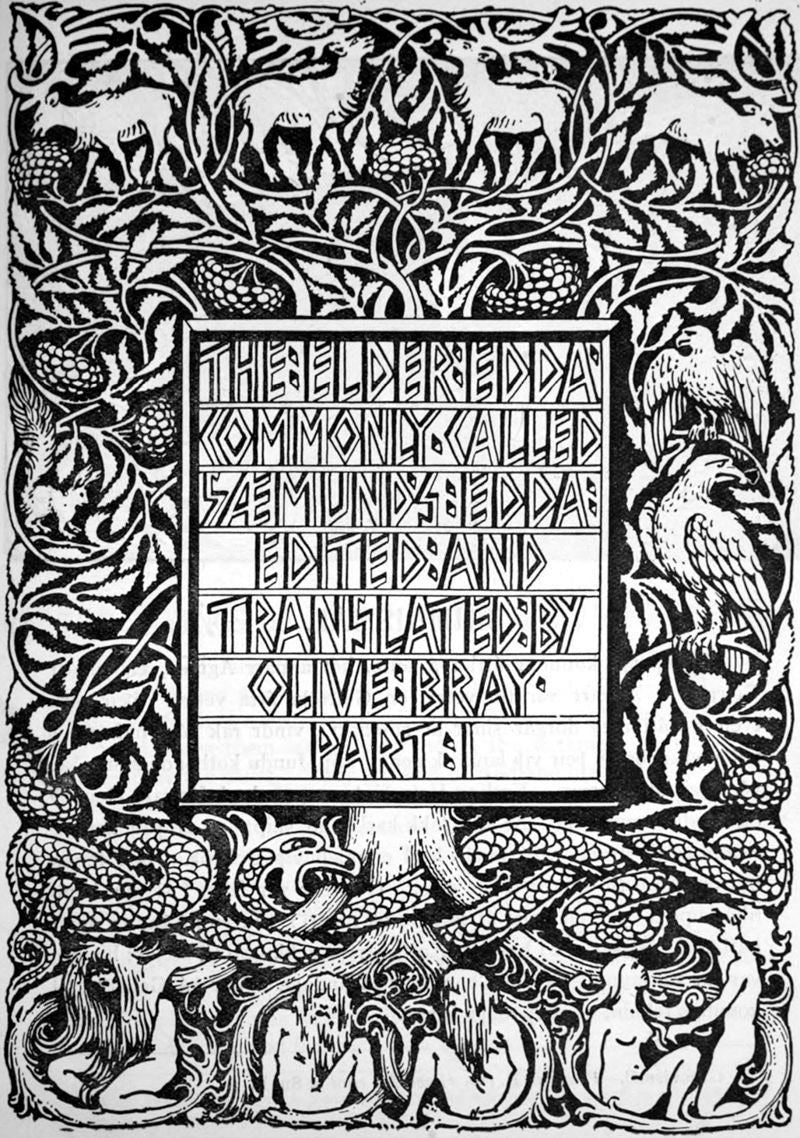
The Poetic Edda: A Cornerstone of Norse Mythology and Literature
The Poetic Edda, also known as the Elder Edda, stands as one of the most significant sources of Norse mythology and Germanic heroic legends. This collection of Old Norse poems, composed by anonymous skalds (poets) between the 9th and 13th centuries, provides invaluable insights into the beliefs, values, and cultural traditions of medieval Scandinavia. The Poetic Edda's influence extends far beyond its original context, shaping our understanding of Norse mythology and inspiring countless works of literature, art, and popular culture.
Historical Context
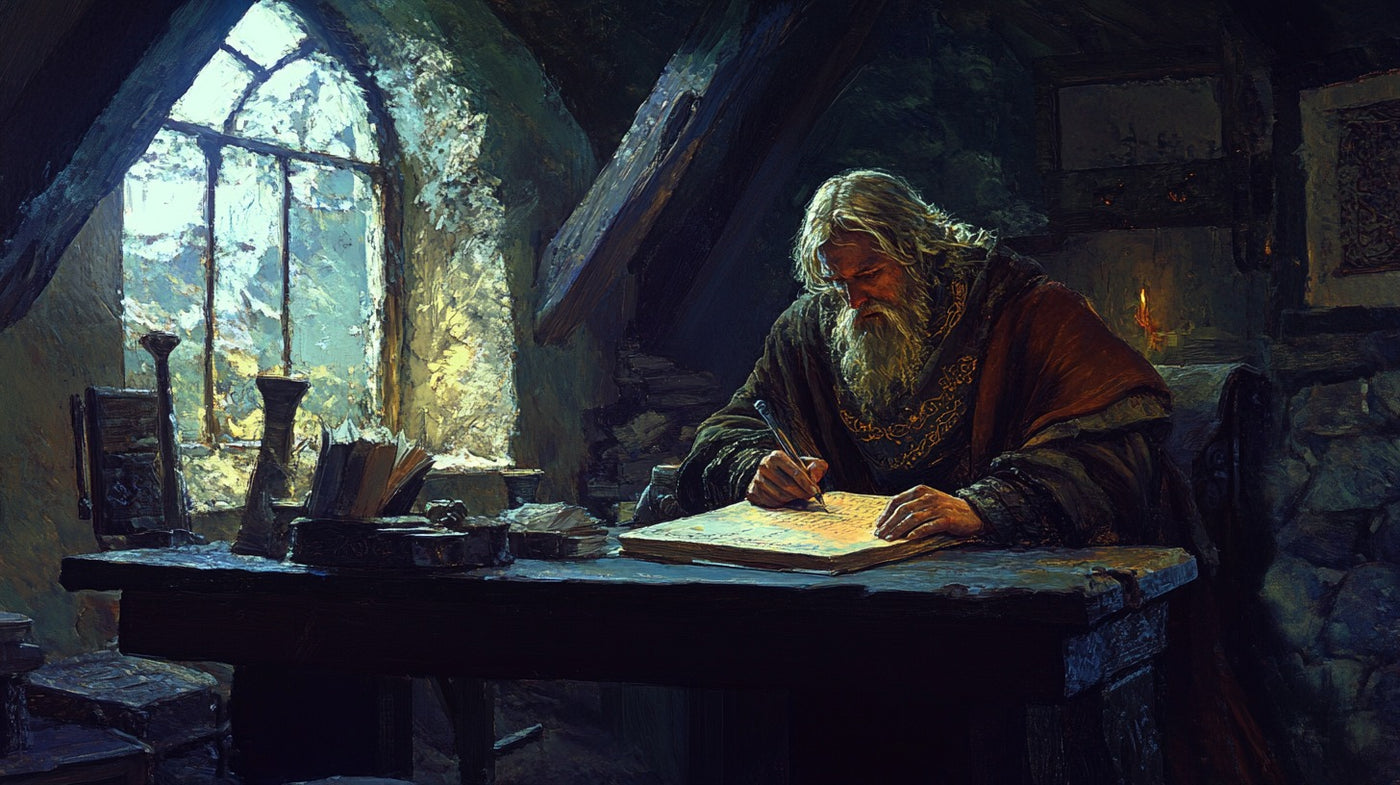
Snorri Sturlusson, creator of the Prose Edda (Illustration: Paganheim)
Origins and Dating
The precise origins of the poems in the Poetic Edda remain a subject of scholarly debate. While the existing manuscript dates from the 13th century, many of the poems are believed to have been composed much earlier, possibly as far back as the 9th or 10th centuries. This places their creation during the Viking Age, a period of significant cultural and political change in Scandinavia.
The oral tradition played a crucial role in the transmission of these poems before they were committed to writing. This oral nature of the poems' transmission has led to variations in content and style, reflecting the dynamic nature of Norse cultural expression.
Manuscript Tradition
The primary source for the Poetic Edda is the Codex Regius (GKS 2365 4to), a manuscript discovered in Iceland in 1643. This manuscript, dating from around 1270, contains 29 poems and is now preserved in Reykjavík. However, it is important to note that the Codex Regius is not the only source for eddic poetry. Additional poems are found in other manuscripts, such as the AM 748 I 4to, which contains some poems not present in the Codex Regius.
The discovery of these manuscripts in the 17th century sparked a renewed interest in Norse mythology and medieval Scandinavian literature among scholars and the general public alike.
Structure and Content
The Poetic Edda is divided into two main sections: mythological poems and heroic poems. This division reflects the dual focus of the collection on both divine and human realms.
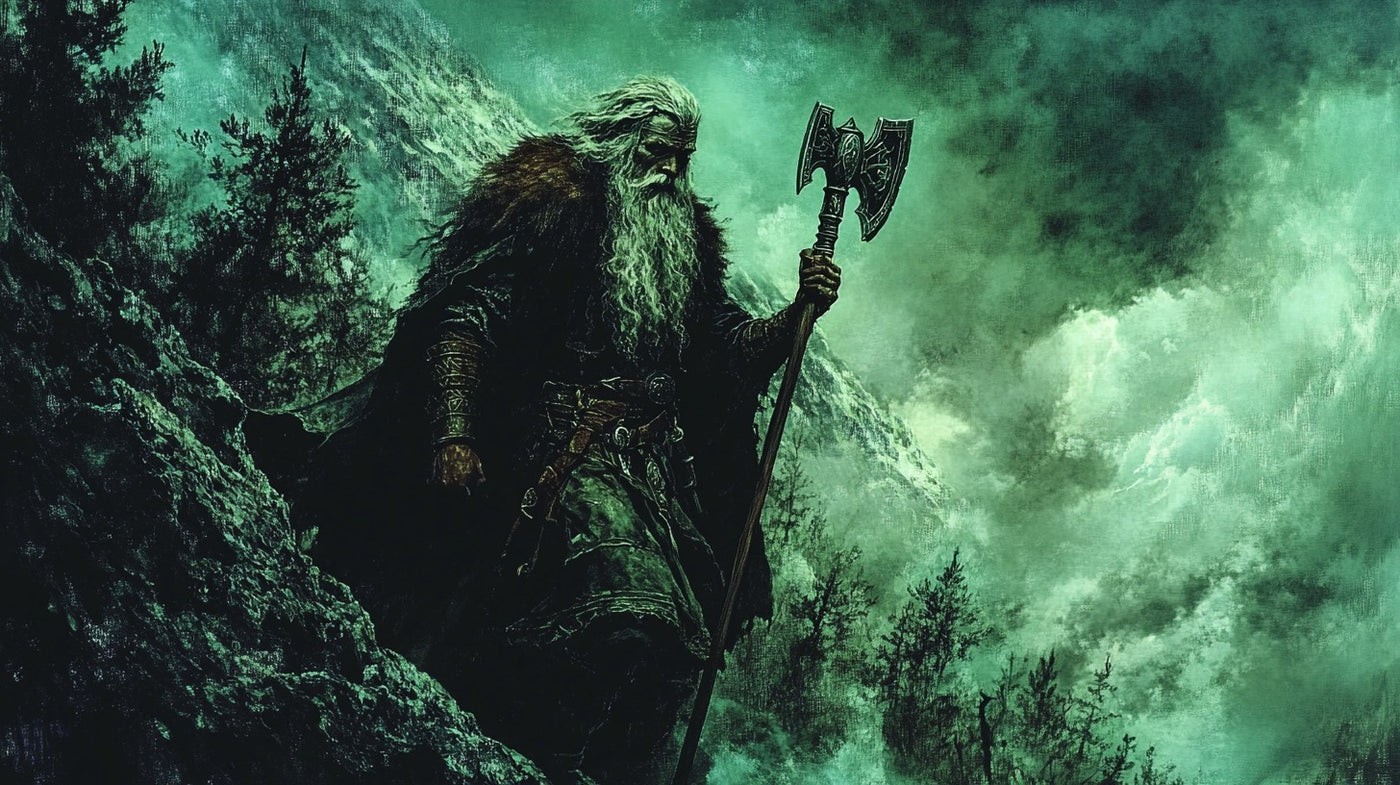
Mythological Poems
The mythological poems of the Poetic Edda provide our most comprehensive source for Norse cosmology, theology, and mythical narratives.
Creation Myths
Several poems in the Edda deal with the creation of the world and the origins of various beings. The "Völuspá" (The Prophecy of the Seeress), often considered one of the most important poems in the collection, presents a comprehensive account of the creation and eventual destruction of the world according to Norse mythology. It describes the formation of the cosmos from primordial chaos, the creation of the first humans, and the eventual Ragnarök, or twilight of the gods.
Tales of the Gods
Many poems focus on the adventures and conflicts of the Norse gods. "Hávamál" (The Sayings of the High One) presents wisdom attributed to Odin, the chief god of the Norse pantheon. Other poems, such as "Þrymskviða" (The Lay of Thrym), recount specific myths, in this case, the story of how Thor recovered his hammer from the giant Thrym.
Heroic Poems
The heroic poems of the Edda focus on legendary and semi-historical figures, providing insights into the values and social structures of medieval Scandinavian society.
Legendary Heroes
Many poems deal with legendary heroes such as Sigurd the dragon-slayer, whose story forms part of the Völsung cycle. These narratives often incorporate elements of earlier Germanic traditions and reflect complex themes of honor, fate, and revenge.
Historical Figures
Some poems, like "Atlakviða" (The Lay of Atli), incorporate figures known from historical sources, such as Attila the Hun. These poems blend historical events with mythical elements, demonstrating the fluid boundaries between history and legend in medieval Scandinavian literature.
Literary Significance

Poetic Styles and Techniques
The poems of the Edda showcase a variety of poetic styles and techniques. Many employ alliterative verse, a common feature of Germanic poetry. The use of kennings, metaphorical phrases used in place of common nouns, is also prevalent. For example, the sea might be referred to as the "whale-road."
The poems also demonstrate sophisticated narrative techniques, often employing frame stories or dialogue to convey their content. The "Hávamál," for instance, is presented as a monologue by Odin, while "Lokasenna" (Loki's Quarrel) takes the form of a dramatic dialogue.
Influence on Later Literature
The influence of the Poetic Edda on subsequent literature has been profound and far-reaching. In the medieval period, it served as a source for Snorri Sturluson's "Prose Edda," a handbook for skalds that has become another crucial source for our understanding of Norse mythology.
In modern times, the Poetic Edda has inspired numerous works of literature, from Richard Wagner's operatic cycle "Der Ring des Nibelungen" to J.R.R. Tolkien's "The Lord of the Rings" and George RR Martin's "A Song of Ice and Fire". Its influence can be seen in various forms of popular culture, including comics, films, and video games.
Cultural Impact
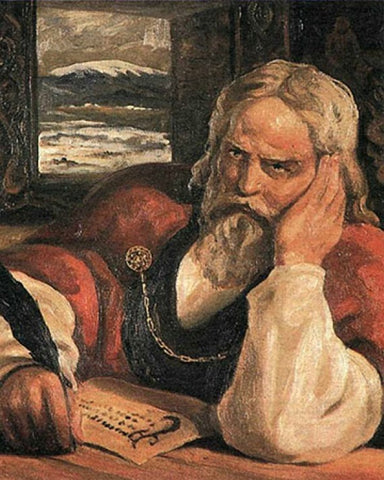
Preservation of Norse Mythology
The Poetic Edda plays a crucial role in preserving Norse mythological traditions. Without these poems, our understanding of Norse mythology would be significantly diminished. The vivid descriptions of gods, giants, and other mythical beings have shaped our modern conceptions of Norse mythology.
Insights into Medieval Scandinavian Society
Beyond its mythological content, the Poetic Edda provides valuable insights into the social structures, values, and worldviews of medieval Scandinavian society. The heroic poems, in particular, reflect the warrior ethos of the Viking Age, emphasizing concepts such as honor, loyalty, and fate.
Modern Scholarship and Interpretations
Modern scholarship on the Poetic Edda is diverse and multidisciplinary. Philologists continue to study the linguistic features of the poems, while historians and archaeologists use them as sources for understanding medieval Scandinavian culture. Literary scholars examine their narrative techniques and poetic structures.
Recent scholarship has also focused on the potential Christian influences on the poems, given that they were recorded in a period when Scandinavia was transitioning from paganism to Christianity. The extent of these influences remains a subject of debate among scholars.
Conclusion
The Poetic Edda stands as a monumental work of world literature, offering a window into the mythological and heroic traditions of medieval Scandinavia. Its vivid narratives, complex characters, and profound themes continue to captivate readers and scholars alike. As a primary source for Norse mythology, it has shaped our understanding of pre-Christian Scandinavian beliefs and continues to influence modern cultural productions.
The enduring significance of the Poetic Edda lies not only in its preservation of ancient myths and legends but also in its ability to speak to universal human experiences and concerns. Through its tales of gods and heroes, it explores themes of fate, honor, love, and the human condition that remain relevant across cultures and time periods.
As scholarship continues to evolve, new interpretations and understandings of the Poetic Edda emerge, ensuring its ongoing relevance in both academic discourse and popular culture. This ancient collection of poems, born in the oral traditions of medieval Scandinavia, continues to resonate in the modern world, testament to the enduring power of myth and the human imagination.
FAQ
- What is the difference between the Poetic Edda and the Prose Edda?
- When was the Poetic Edda composed?
- What languages are the poems of the Poetic Edda written in?
- How many poems are in the Poetic Edda?
The primary manuscript, the Codex Regius, contains 29 poems. However, additional eddic poems are found in other manuscripts, bringing the total number of poems associated with the Poetic Edda to around 35.
- Is the Poetic Edda considered historically accurate?
While the Poetic Edda contains valuable insights into Norse culture and beliefs, it is primarily a collection of mythological and legendary material rather than a historical document. Some poems may reflect historical events, but they are heavily mythologized.
